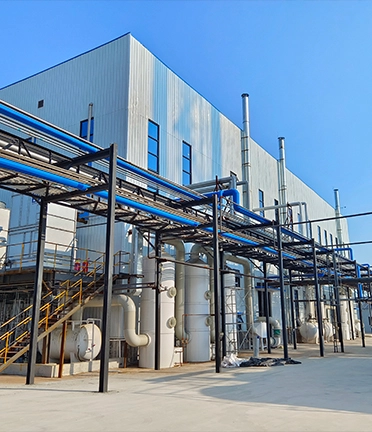Safety Data Sheet Overview for Polyaluminum Chloride Handling and Usage Guidelines
Understanding the Safety Data Sheet for Poly Aluminum Chloride
Poly Aluminum Chloride (PAC) is widely used in water treatment processes and is known for its effectiveness as a coagulating agent. Due to its extensive application and chemical nature, understanding its safety data sheet (SDS) is crucial for anyone handling this compound. The SDS provides comprehensive information regarding the properties, hazards, handling, and emergency measures associated with PAC.
Chemical Identification
PAC is an inorganic polymer, commonly referred to as a coagulant. Its formula may vary, but it generally contains aluminum, chlorine, and hydroxyl groups. This compound is often available in solid form or as a liquid and can appear as a white to yellowish granular material. Its solubility in water makes it a convenient choice for water treatment facilities.
Hazard Identification
According to the SDS, PAC is classified as a mild irritant. Direct contact with the skin or eyes can result in irritation, redness, and discomfort. Inhalation of PAC dust may lead to respiratory irritation, so proper ventilation is critical when handling this material. While PAC is not considered highly toxic, it's essential to use appropriate personal protective equipment (PPE), including gloves, goggles, and masks, to minimize exposure.
Handling and Storage
To ensure safety when handling PAC, it is crucial to follow specific guidelines outlined in the SDS. The compound should be stored in a cool, dry place, away from sources of ignition and incompatible materials, such as strong bases or reducing agents. Packaging should be tightly sealed to prevent moisture absorption and contamination. When transferring PAC, use appropriate tools and equipment to avoid spills, and ensure that work areas are well-ventilated.
polyaluminum chloride msds

Exposure Controls and Personal Protection
The SDS advises implementing engineering controls, such as local exhaust ventilation, to minimize airborne concentrations of PAC dust. Additionally, the use of PPE is mandatory. Recommended PPE includes gloves made of suitable material like nitrile, safety goggles to protect the eyes from splashes, and respiratory protection in case of inadequate ventilation. Regular training on proper handling techniques and awareness of potential hazards is essential for all personnel involved.
First Aid Measures
In case of accidental exposure, the SDS provides clear first aid instructions. For skin contact, contaminated clothing should be removed immediately, and the affected area should be washed with soap and water for at least 15 minutes. In the event of eye contact, it’s crucial to rinse the eyes with water for at least 15 minutes while holding the eyelids open. If inhaled, the individual should be moved to fresh air and monitored for any persistent symptoms. In any case of significant exposure, seeking medical attention is vital.
Environmental Considerations
While PAC is effective for water treatment, care should be taken to minimize its release into the environment. The SDS outlines proper disposal methods, emphasizing that PAC should not be poured down drains or into the environment without proper treatment. Facilities must adhere to local regulations regarding waste disposal to prevent contamination of soil and water sources.
Conclusion
The Safety Data Sheet for Poly Aluminum Chloride serves as an essential resource for ensuring safe handling, storage, and response to emergencies. By understanding the properties and hazards associated with PAC, individuals and organizations can work safely and effectively while minimizing risks to health and the environment. Awareness and compliance with the information portrayed in the SDS is crucial in promoting a safe working environment when dealing with this widely used coagulant.
-
Water Treatment with Flocculant Water TreatmentNewsJun.12,2025
-
Polymaleic AnhydrideNewsJun.12,2025
-
Polyaspartic AcidNewsJun.12,2025
-
Enhance Industrial Processes with IsothiazolinonesNewsJun.12,2025
-
Enhance Industrial Processes with PBTCA SolutionsNewsJun.12,2025
-
Dodecyldimethylbenzylammonium Chloride SolutionsNewsJun.12,2025





